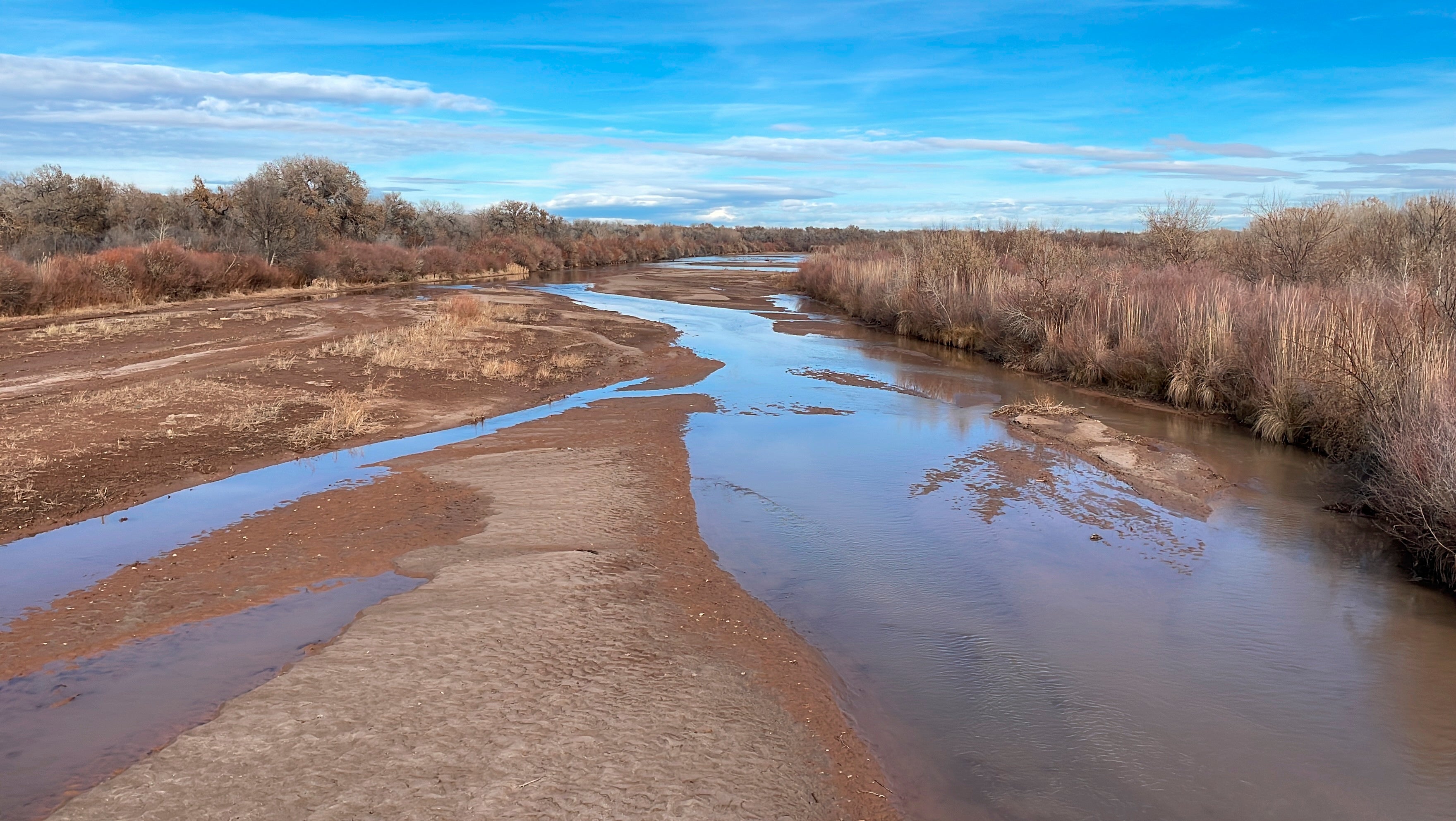Forecasters: New Mexico should brace for worsening drought
The last three months have been very dry in New Mexico and it’s going to get worse

Your support helps us to tell the story
This election is still a dead heat, according to most polls. In a fight with such wafer-thin margins, we need reporters on the ground talking to the people Trump and Harris are courting. Your support allows us to keep sending journalists to the story.
The Independent is trusted by 27 million Americans from across the entire political spectrum every month. Unlike many other quality news outlets, we choose not to lock you out of our reporting and analysis with paywalls. But quality journalism must still be paid for.
Help us keep bring these critical stories to light. Your support makes all the difference.
The last three months have been very dry in New Mexico and it’s only going to get worse.
That’s the word from forecasters with the National Weather Service and other climate experts in the state. They said during a meeting this week that New Mexico reservoirs continue to be far below historical averages and that ranchers are bracing for a winter with little moisture out on the range.
Some snow is expected in the higher elevation on Christmas Eve, but it will be less than the precipitation that has helped to ease drought conditions elsewhere in the West in recent weeks. Parts of California are in line for even more snow, but the latest drought map shows nearly half of the western region is still dealing with the most severe categories of drought.
Andrew Mangham, a senior hydrologist with the weather service in Albuquerque shared a series of maps that showed chances are good for above-normal temperatures and below-normal precipitation for the next two weeks, the next month and into April.
“Really the story is we had a dry year that is getting worse and worse as we move through this second La Niña,” he said.
The benefits of a decent monsoon over the summer have all but evaporated and most of New Mexico missed out on any meaningful moisture in the fall, Mangham said. The far northern reaches of the state saw some snow earlier this month, but he said New Mexico would need a lot more of that to get snowpack levels closer to normal for this time of year.
Stream flows? Soil moisture levels? Mangham said it's the same story and it doesn't look good heading into the next year.
“Everything is just getting drier," he repeated.
Ranchers say they are feeling the pinch, and farmers who rely on traditional irrigation systems called acequias say they're worried about having water for crops next spring.
Bone dry with winds that make it even drier is how Paula Garcia described the conditions. As head of the New Mexico Acequia Association, she hears firsthand about the challenges from family farms and individual growers.
“Last year, we had some snow in late 2020 and we had a very dry spring with little or no runoff. This year, the past few months are worse. If this continues, we wonder if there will be any snowmelt in the spring,” she said.
The association is planning a series of meetings among acequia leaders to talk about the year ahead in terms of sharing observations about the drought, dealing with scarcity and conflicts, and addressing the need for more water-sharing agreements for those areas that will need it most.
In Nara Visa, a small village near the New Mexico-Texas state line, rancher Cliff Copeland talks about the dust and its effects on his cattle. He and other ranchers already had cut back their herds last year due to dry conditions then. Summer rains helped the grasslands recover somewhat so that in combination with smaller herds will help heading into the winter but growing feeds costs are worrisome, he said.
“It's very seldom you go and not get hardly any measurable precipitation this time of year so it’s very concerning,” he said. “It’s possibly devastating and it sure has everyone’s attention.”
For Copeland, who serves as a regional vice president with the New Mexico Cattle Growers Association, doing more with less is a key part of the equation that has helped to keep the family ranch humming for four generations.
“It's part of the evolution,” he said. “... So being able to pass this along to the children and grandchildren and sustain our operation as we’ve done for so long is extremely important to us.”
Subscribe to Independent Premium to bookmark this article
Want to bookmark your favourite articles and stories to read or reference later? Start your Independent Premium subscription today.